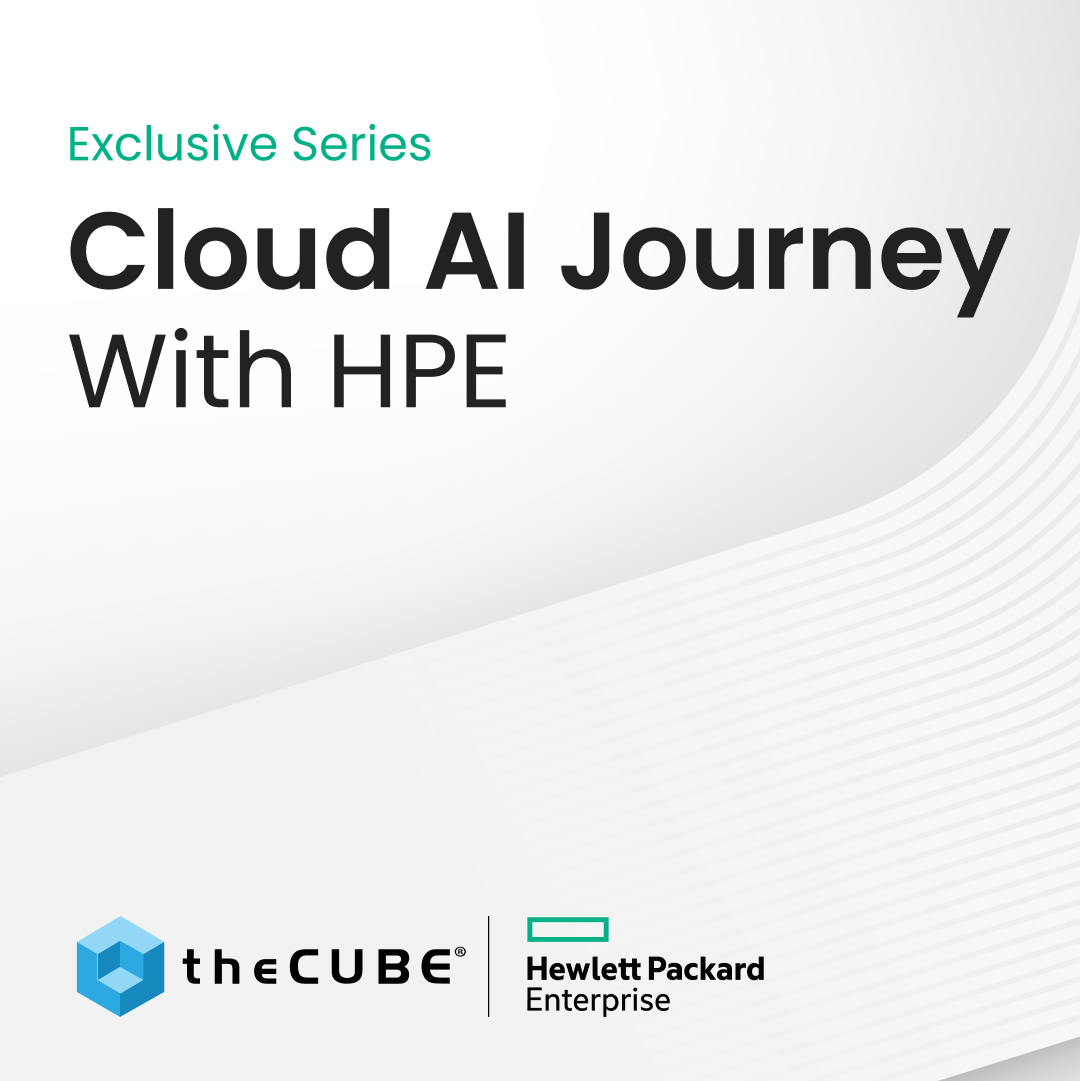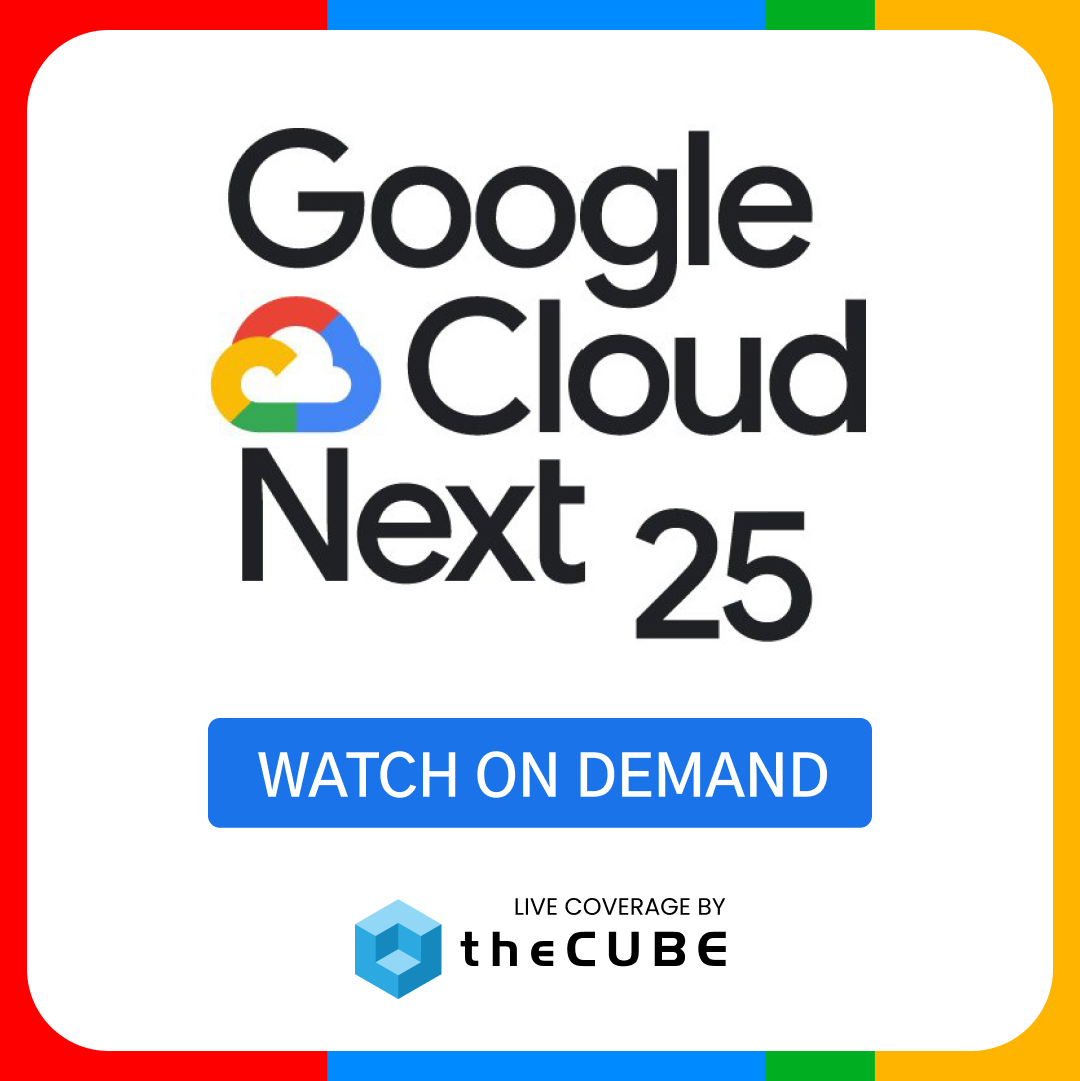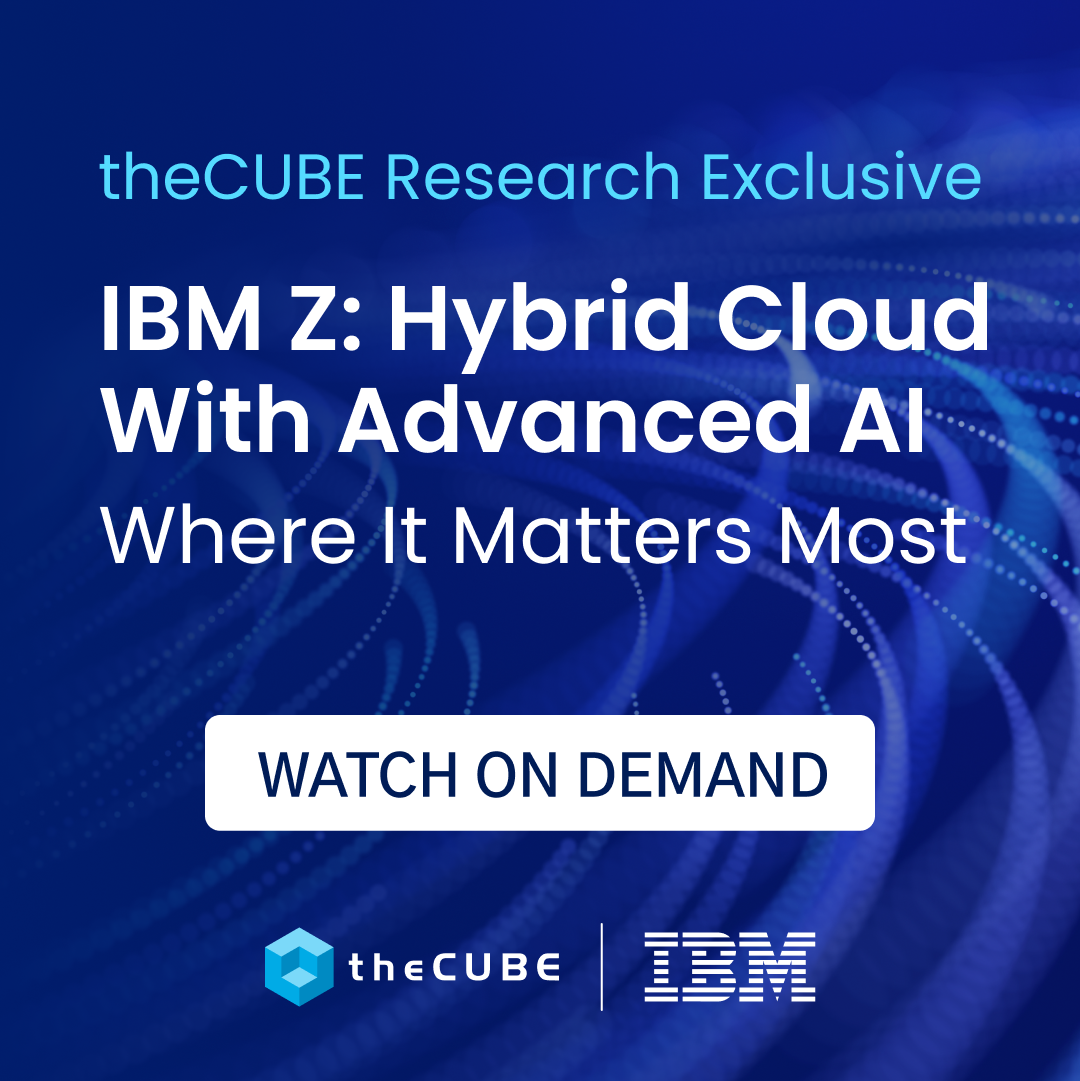The 4 Mega-Trends Driving Backup + Recovery : New Data, New Jobs
![]() Part of our spotlight series at the recently concluded Oracle OpenWorld, #theCUBE hosts Dave Vellante, Chief Analyst at Wikibon and John Furrier, Founder and CEO of SiliconANGLE, discuss backup and recovery during our Data Protection Spotlight program. Data protection is a $2 trillion market, as Vellante notes at the beginning of the show, and this market is where we’re seeing a great deal of disruption. Backup and recovery were a key part of the demos on stage during OpenWorld, and core to Oracle’s vision for transforming its cloud and data management services.
Part of our spotlight series at the recently concluded Oracle OpenWorld, #theCUBE hosts Dave Vellante, Chief Analyst at Wikibon and John Furrier, Founder and CEO of SiliconANGLE, discuss backup and recovery during our Data Protection Spotlight program. Data protection is a $2 trillion market, as Vellante notes at the beginning of the show, and this market is where we’re seeing a great deal of disruption. Backup and recovery were a key part of the demos on stage during OpenWorld, and core to Oracle’s vision for transforming its cloud and data management services.
4 Mega-Forces driving demand for Backup + Recovery
The tech world is one of cooperation and competition, and there are currently four mega-forces contributing to data protection going IT-as-a-service: Cloud, Mobile, Social, and Big Data. Implanted underneath all four of those mega-forces are security, privacy, and trust. Because of the recent knowledge unveiled about the PRISM program and the NSA scandal, customers, especially those looking at cloud services, are much more sensitized to privacy and security issues. (This falls under the rubric of data protection.)
![]() So we’re seeing companies replicate the cloud-like simplicity and capability within their own data centers, on premise. Cloud is seen initially as a backup target, but Vellante and Furrier are increasingly seeing the need for protection.
So we’re seeing companies replicate the cloud-like simplicity and capability within their own data centers, on premise. Cloud is seen initially as a backup target, but Vellante and Furrier are increasingly seeing the need for protection.
- Cloud: Data protection as-a-service
- Mobile: Trying to push data out to the edge
- Social: Creating all new types of data
- Big Data: More data that is needing to be protected
“The Big Data explosion has completely changed the way in which people have looked at backup, because it’s put pressure on backup windows in a way that people were going unprotected, and many still are,” notes Vellante. “They are not able to meet their backup windows, they are not able to protect their data. It’s a big issue, and one of those areas that doesn’t get enough attention.”
Watch the full Data Protection Spotlight on #theCUBE at Oracle OpenWorld 2013 below:
.
New Data, New Challenges + New Job Opportunities
Because of these four mega-forces driving demand for data backup and recovery, there are new data types creating fresh challenges. But with those new challenges also come new opportunities. Ninety percent of the world’s data was created in the last 24 months. But with all of that new data, backup is lagging far behind. The average age of an enterprise application is 19 years old. Vellante cites a recent report from his team of analysts at Wikibon, which shows that over 50 percent of Oracle shops are virtualized for production apps, and that data is confirmed by the independent Oracle user group. Oracle sees that its legacy systems are lagging behind, and is mindfully making moves to catch up.
Further evidence is the four transformation threads within Oracle:
- IT transformation is driving data-protection-as-a-Service initiatives
- Ties into Database-as-a-service and Oracle’s cloud efforts
- DBA and application heads get a simplified menu and granularity of protection aligned to apps
- Balance between empowering the DBA and maintaining oversight of data protection process (data loss is not an option)
At a personal and organization level, the DBA role is changing very rapidly. In the Oracle environment, this is where it’s most impacted. And Furrier sees this as one of the most important battlegrounds in IT jobs, as it moves all the way up to the CIO level.
“You (Vellante) bring up the balance question, that’s an integration of two major roles, the traditional DBA and the guy who’s hardcore about data loss, whose job is to make sure nothing gets lost,” Furrier points out. “Now those are going to roll together – you add in data science and chief data officer mindset, you’re talking about a whole new opportunity for people to translate their current DBA and analyst role into new positions.”
Virtualization is an enabler of backup + recovery
As a closing piece to the data protection spotlight, Vellante and Furrier shared what Oracle showcases to be the Seven Oracle Customer Imperatives, led by Backup and Recovery-as-a-Service:
- Move towards Backup-and-Recovery-as-a-Service
- Test recovery frequently
- Follow the “Golden Rule” of backup and recovery
- Separate the backup data, files and recovery metadata from the disks that contain the actual data files
- Separate media/RAID devices, volumes, file systems
- Consider the impacts of virtualization on backup
- Simply, simply, simply
- RMAN is the most viable option for production apps
- Keep recent redo logs on disk (i.e. 23 hours minimum to expedite recovery)
Also important to note is Oracle’s fourth imperative to consider the impact of virtualization on backup. Virtualization is certainly a trend that SiliconANGLE has seen this year, recognizing the influence of software-defined data centers and/or software-defined networking. It’s a massive market opportunity, as we see major players, from VMware to Oracle, knock down the low-hanging fruit of data backup and recovery. In Furrier’s words, virtualization is a core enabler of this trend. It is the complete enablement of a modern backup and data recovery service. Machine-to-machine exhaust has to be stored somewhere.
A message from John Furrier, co-founder of SiliconANGLE:
Your vote of support is important to us and it helps us keep the content FREE.
One click below supports our mission to provide free, deep, and relevant content.
Join our community on YouTube
Join the community that includes more than 15,000 #CubeAlumni experts, including Amazon.com CEO Andy Jassy, Dell Technologies founder and CEO Michael Dell, Intel CEO Pat Gelsinger, and many more luminaries and experts.
THANK YOU

















